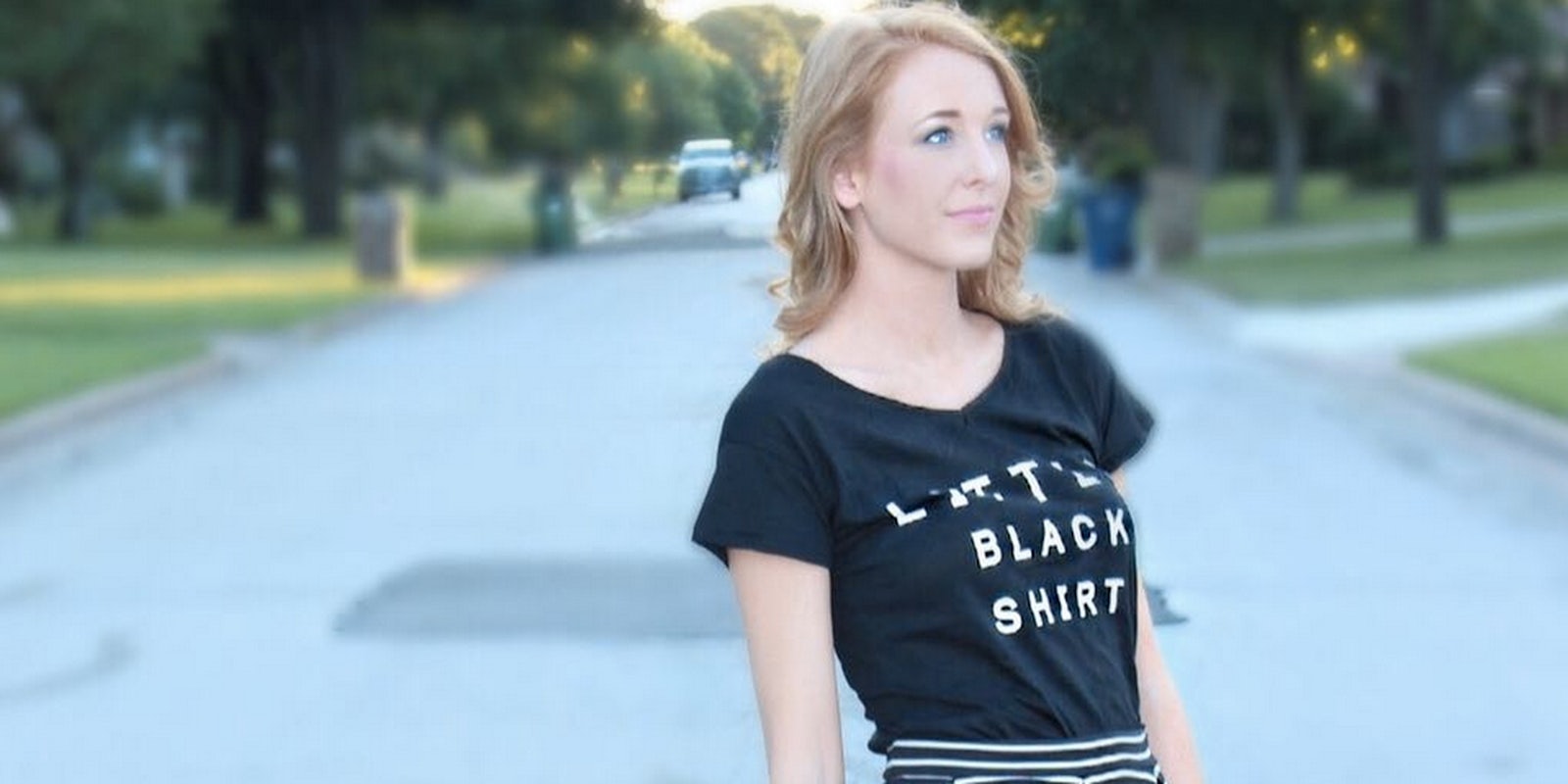The first time I saw someone make sales via Instagram comments, it was a childhood friend who was unloading gently used clothes her kids outgrew and some pieces from her closet. She listed her items one photo at a time, explaining in each caption that the first person to leave their email address in the comments would receive a PayPal invoice.
I was impressed by her entrepreneurial spirit. What I didn’t know at the time was that the practice of selling used clothing and goods has become commonplace on Instagram. It’s no longer just drugs and gun deals that go undetected on the photo-sharing site; large boutiques, professional makers, and other types of online stores are turning Instagram into a digital yard sale, bypassing eBay and Etsy in favor of selling through comments.
The practice has been happening for several years, but it’s picked up momentum recently. The advantages are clear: Sellers can reach customers instantaneously and have a list of backup buyers within easy reach. With items often going to the first responder, the flash sales create a sort of frenzy around each post.
For buyers, Instagram sales allow them to go a step beyond the Crema filters and hashtag searches. If they see something they like, they can pick up without having to track it down elsewhere on the Web or, in the case of Paypal transactions, even opening their wallets.
“I’ve done eBay and prefer this!” my friend, Angie Reich, told me.
Reich says she’s made roughly $2,000 through Instagram sales over the last couple years. She doesn’t normally use hashtags to try to draw in random Instagram users, and her profile is private. As a result, she knows most of the people who want to buy her things. She gives them 24 hours to make their payments—always through Paypal—and she deletes the photos once she’s done.
It makes sense, of course, that buyers who know a seller in real life would be less likely to flake on a requested invoice. Even if the commenter experienced an immediate twinge of buyer’s remorse, the embarrassment alone would probably deter most people from backing out.
But some sellers are succeeding with the general public and at high volume. Venture Freedom (@shopventurefreedom), a women’s clothing boutique, has 53,000 followers on Instagram. From the looks of it, most of the shop’s items are sold shortly after posting. In fact, owner Jennifer Johnson claims that her company sells between 350 and 400 pieces of clothing each month via comments.
“We truly could not have this company without Instagram,” she said. “Eighty percent of our sales come from Instagram and 20 percent from our website. People love visualizing things, which makes Instagram great for retail business.”
Johnson has been conducting business through Instagram for about a year. For Venture Freedom, more Instagram followers means more sales, so she and her team focus a large part of their efforts on building their account and increasing engagement.
This all seems pretty intuitive, but the process has its drawbacks. Perhaps most obviously, there’s no oversight or rating system—nothing that incentivizes positive transactions or creates transparency in the process.
“I found that many people never ended up paying their invoice, which caused me to lose out on sales and also caused me a lot of confusion when it came to tracking my inventory,” said Casey Ryan, the owner of a children’s clothing shop called Lucy Loo Littles (@lucyloolittles) that experimented with Instagram sales.
Ryan said as many as 15 to 20 percent of the invoices she sent at the prompt of an Instagram comment were never paid. That’s a lot of time and money lost, and other potential customers were likely deterred by seeing that someone else had already claimed the item. She now refrains from the practice, choosing instead to promote her items via Instagram but not actually sell them there.
In talking with Johnson and Reich, the key to success appears to be telling buyers when payment is expected, invoicing immediately, and anticipating that you’ll have occasionally unpaid invoices. For Gizelle Carlos, founder of GCG Clothing (@gcgclothing), it’s worth the risk.
“More and more people are on their phones and looking for a shortcut to almost everything,” she said. “Taking this into consideration, I realized that a lot of women gravitate towards clothing shops/boutiques that sell through flash sales on Instagram because all they need to do is comment their email. Seeing a post of a fashion piece they really love helps them to stay focused on just shopping for that one piece, compared to if they were shopping on a website where there can be so many choices.”
As a consumer, I see the point Carlos is making. I easily find myself lost amid the options an average retail site presents, even if I go to a site with the intention of purchasing something specific.
Instagram shopping turns the volume down on much of that superfluous noise, allowing users to absorb a single thing for sale at once. Shoppers can’t add an item to a cart while they continue browsing. Time is of the essence, and there isn’t a moment to spare for second-guessing a coveted item.
Photo via shopventurefreedom/Instagram


